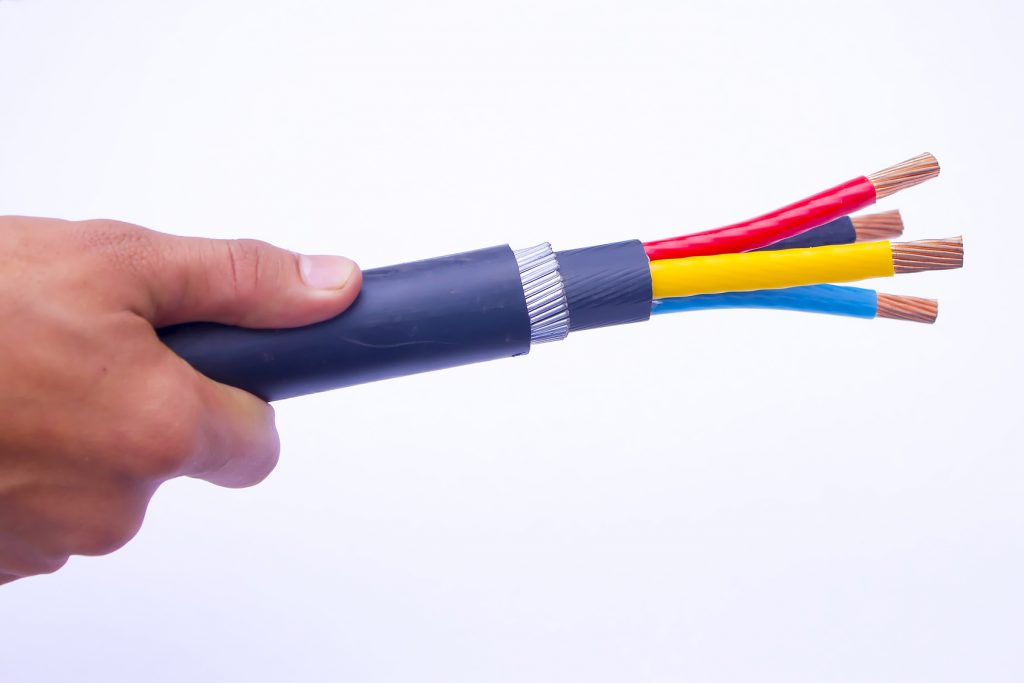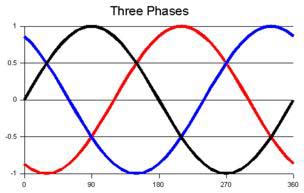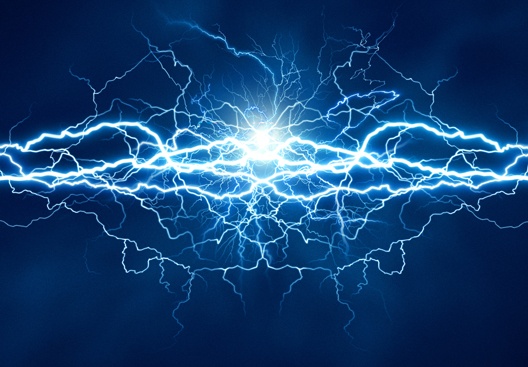Why You Need 3 Phase Power For Your Commercial Business
Looking for more power and flexibility?
Unsure about 3 Phase Power?
We've got the information you need !
If you're a commercial business that's on the lookout for the best ways to add some reliability into you industrial machines, look no further than our 3 phase power.
In this post, we're outlining what it is and how you can harness it to help your productivity and overall manufacturing/industrial business with a better power source.
Let's Talk Basics: What is 3 Phase Power?
You've probably already heard of 1 Phase Power (or heard it referred to as a "1 Phase Transformer" or just "single phase") - and that's probably the type of power supply you're most used to using in your industry.

Somewhat logically, 3 phase power is a power supply/transformer/motor that gives much more pep to your machines.
While single phase power gets the job done just fine, sometimes, you just need a little bit more power depending on the job at hand, or when faced with a need for increased productivity. Plus, depending on the size of your equipment, it might be more of a requirement than an option.
In a nutshell, this type of power is different because it offers three alternating power currents - but to make sure nothing blows up, the instant when each wave over power (picture a sine curve in your mind) reaches its peak are split up by 1/3 time in a cycle.

That means that while all power waves aren't shifting into maximum overdrive simultaneously, one of these waves will always be at the maximum power output - meaning you're getting maximum power with minimal outage risks.
If your business and industry is known for a high usage of electricity (according to statistics gathered by the Association of Energy Service Professionals, those include HVAC, construction, cast-metal, and petroleum among others) the 3 phase can be a life - and cost-saver.
3 phases mean your machines are drawing far less current than they would on a single phase model. Thus, saving you money on energy costs.
3 Phase Power is a more efficient, cost-effective choice of reliable power.
These 3 phases of power are often identified in engineering technology as R, Y, and B - but in the end, it's not exactly sophisticated tech-only talk. These letters just stand for red, yellow, and blue - and they refer to each phase in the power cycle since it uses 3 winding pairs at once.
What Are The Advantages of 3 Phase Power For My Commercial Business?
According to an analysis of energy and utility bill rates across Canada, the cost of your bill varies greatly depending on the number of machines you operate, the size of your business, and is even impacted by your location.
But using 3 phase power can often make your business more cost-effective and it can help to increase your productivity - ultimately saving you money in the long run. Plus, since it is less likely to go on the fritz, you'll likely save on repair and upkeep costs, too.
A power supply can also...
- Offer instantaneous power: This type of supply or motor gives you power that's generated or used throughout the cycle.
- Get you more energy efficiency: it's far more efficient to both generate and transmit 3 phase as opposed to 1 phase
- Provide you with the ideal balance between cost and efficiency: We know what you're thinking. If there's 3 phase power, then what's stopping us from creating 12 phase, even 50 phase power? Slow down there! Higher power means you'll need more equipment, your cost of operation will go up, and you'll need a lot more circuit breakers. That's why 3 is the magic number in the power game!
- Save you money: It might sound counter intuitive, but the reality is that these power supplies end up being less expensive than 1 or even 2 phase options. Also, the installation costs of a power line/supply are low.
- Save you space: Believe it or not, the vast majority of power supplies are smaller than their 1 phase counterparts
- If you own a small shop - or if you're just using the power at home - you can pretty easily find a way to get 3 phase out of 1 phase equipment.
Are There Different Types of 3 Phase Converters?
As a matter of fact, there are indeed 3 different types of converters. They are...
- Rotary Converters: A little more expensive than the static converter, the rotary converter is well worth the tiny bump in cost. These are made from generator idlers and require you to balance all three legs to make sure that all your machines can run. Sometimes, they'll also require an aid to get them initiated on their cycle. These are best for shops and businesses that are running more than 1 piece of heavy equipment and are looking for an extra boost of power.
- Static Converters: Static converters are the most affordable option of all the converters listed here - just make sure you've properly measured the motor you need it to help to run, as these need to be sized in order to function. Though a great cost saving option, sometimes static converters can be a little tougher to get going than the other options. As a result, static converters are the most ideal for machines that don't require a ton of horsepower - things like air compressors, band-saws, and dust collectors.
- Electronic Converters: An electronic converter changes your single-phase power into a direct current - but you can control the speed of the motor, the rotation direction, and torque. This is the best option for bigger jobs, and won't really be necessary for small shops or to complete easy projects.
To make sure that you're getting the ideal converter for your power supply, it's always a great option to seek expert advice.
You're An Expert!
We get it - even to seasoned pros and those familiar with engineering and power terminology, sometimes getting a grasp on the concepts can feel a lot more intimidating than it actually is.
We're glad this article has cleared up any misconceptions or confusion you had about 3 phase power.
For more tips and tricks regarding power and how to make sure your industrial equipment continues to run smoothly and efficiently, keep reading our blog - and always feel free to reach out to us with any questions.


